If the Green Revolution focused on rice to build modern India, ragi may help sustain and propel us into a climate-resilient future






Editor's note: Even before its current status as a nutrient-rich superfood, ragi has been a crucial chapter in the history of Indian agriculture. Finger millet, as it is commonly known, has been a true friend of the farmer and consumer thanks to its climate resilience and ability to miraculously grow in unfavourable conditions. As we look towards an uncertain, possibly food-insecure future, the importance of ragi as a reliable crop cannot be understated. In this series, the Good Food Movement explains why the millet deserves space on our farms and dinner plates. Alongside an ongoing video documentation of what it takes to grow ragi, this series will delve into the related concerns of intercropping, cover crops and how ragi fares compared to other grains.
For decades, the question of what India eats has been shaped more by policy than by the plate. Starting from the 1960s and 70s, the Green Revolution put rice and wheat at the centre of our food system. In the face of famine and dwindling reserves, experts agreed to focus on these two cereals instead of millets. The reason? The yield on millets was low. Rice and wheat cultivation, on the other hand, could be scaled economically.
Among other factors, the genetic material and knowledge needed to develop high-yielding varieties (HYVs) of rice and wheat already existed in countries like Japan and China; scientists could quickly use these existing genetically modified varieties to cross with and engineer a solution to the problem at hand. But this decision pushed indigenous grains like ragi to the margins.
Policy choices entrenched this divide further. From the 1960s, government procurement, subsidies, and research investments overwhelmingly favoured rice and wheat. These crops became central to India’s food security strategy under the Public Distribution System (PDS), which bought and distributed them at subsidised rates. Millets, meanwhile, received little institutional support — no assured markets, storage, or price incentives — pushing farmers to abandon them despite their local adaptability.
But now, as the country faces erratic monsoons, depleting groundwater, and rising incidence of lifestyle diseases, the debate between choosing to grow and eat ragi vs rice is no longer just about taste or tradition — it’s about survival.
Also read: Why India should invest in ragi and its climate resilience
Nutritional differences
When it comes to nutrition, the difference is stark: A 100g serving of ragi or finger millet contains about 336 calories, 7–13g of protein, 70–80g of carbohydrates, and about 3g of fiber. It’s rich in iron, magnesium, and especially calcium—offering nearly 344 mg per 100g, one of the highest among cereals. Its glycaemic index (GI) ranges between 54 and 68, meaning it releases sugar slowly into the bloodstream, helping regulate blood sugar levels. Fermenting, sprouting or “malting” ragi–which can easily be done at home, too–unlocks the bioavailability of its nutrients, making them easier to absorb and digest.
Polished white rice, by contrast, delivers around 365 calories per 100g (uncooked), similar protein (6–7g), but almost no fiber or micronutrients—most are lost when the bran and germ are removed during milling. Its GI often ranges from 70 to 100, depending on the variety, leading to quicker spikes in blood sugar. The only significant mineral left is manganese.
Polished white rice, by contrast, delivers around 365 calories per 100g (uncooked), similar protein (6–7g), but almost no fiber or micronutrients—most are lost when the bran and germ are removed during milling.
That’s why discussions around rice fortification have become so common — because most of what we eat has already been stripped bare. Ragi, on the other hand, provides a natural multivitamin in grain form. Ragi has more nutritional properties than rice. Traditionally, growing ragi meant a balanced diet for the entire family throughout the year.
Diversity in the farm
The contrast isn’t bound to the table — it starts in the soil.
Rice is often cultivated as a monocrop, grown across large, water-intensive fields. It requires standing water or controlled irrigation, has traditionally relied on the heavy use of fertilisers and pesticides, and uniform planting for mechanical harvesting. In return, it gives high yields, but at a cost. India’s paddy fields guzzle nearly 4,000–5,000 litres of water per kg of rice, making it one of the most water-hungry staples in the world.
Ragi, in comparison, is a climate-resilient crop that thrives in dryland conditions on rainfed land. It can grow with just a few monsoon showers, on drier soils, and with minimal external inputs. It matures in 100–130 days, stores well for years, and rarely faces pest attacks.
India’s paddy fields guzzle nearly 4,000–5,000 litres of water per kg of rice, making it one of the most water-hungry staples in the world.
Traditionally, ragi wasn’t grown alone. It was part of Akkadi Saalu, the Kannada term for a mixed-cropping system where up to seven or eight crops—including pulses, oilseeds, and vegetables—were cultivated together. This not only insured families against risk if one crop failed, but made sure they had diverse sources of food and nutrition year-round.
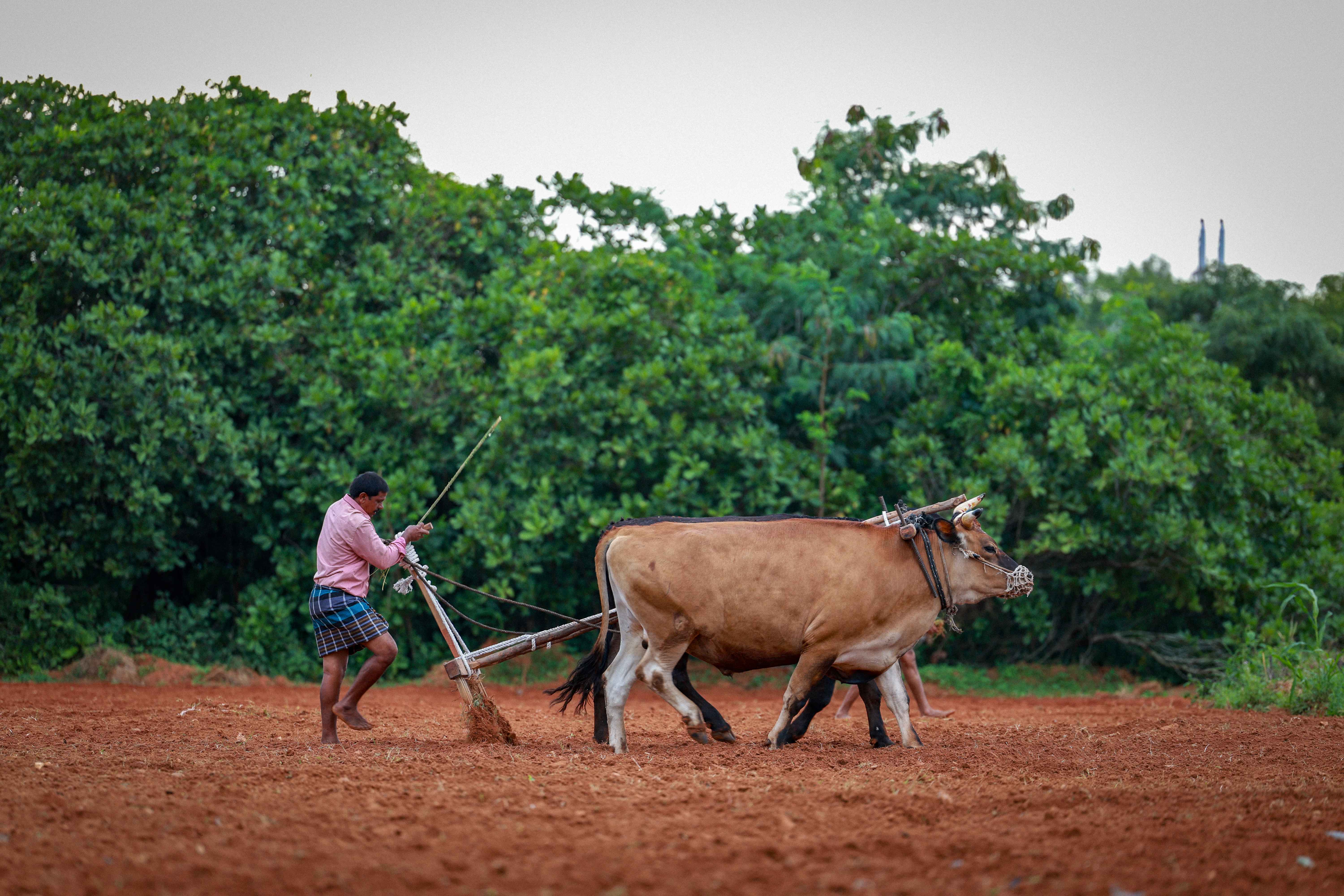
Growing ragi along with 7–8 other crops meant a complete diet — grains, greens, pulses — all from one field. But mechanisation changed that. Machine sowing and harvesting work best for uniform fields. Slowly, the multi-crop tapestry disappeared, and ragi, too, became a monocrop. This can affect the crop’s yield, the health of the soil and its resilience against climate shocks.
Also read: Summer ragi: How Kolhapur farmers' millet experiment became a success story
Climate resilience: A grain for the future
Ragi’s resilience is not romantic nostalgia; it’s agronomic science. The crop evolved for semi-arid, rainfed ecosystems, thriving where most cereals fail. According to the Tamil Nadu Agricultural University’s crop guides, rice typically requires around 1,100–1,250 mm of water over its growing period, while ragi can grow successfully with as little as 350–400 mm of seasonal rainfall in semi-arid regions.
Unlike rice, it does not emit methane during cultivation, making it a low-emission cereal—critical in the context of agriculture’s growing carbon footprint.
Its root system is fibrous and deep, helping it draw moisture from lower soil layers and prevent erosion. It also improves soil structure and organic matter, which enhances water retention for subsequent crops. Because it’s largely pest- and disease-resistant, farmers can avoid pesticide dependence, making it ideal for low-input, organic, or regenerative systems.
Ragi’s short growing season makes it adaptable to erratic monsoon patterns. It can be sown late, intercropped with pulses, or grown as a catch crop after early rains (catch crops are fast-growing crops that are planted post the harvest season and prior to the sowing season of a main crop, to improve soil health, prevent erosion and to avoid leaving the farm fallow). Unlike rice, it does not emit methane during cultivation, making it a low-emission cereal—critical in the context of agriculture’s growing carbon footprint.
However, it’s also important to understand that both ragi and rice have evolved according to the seasonal patterns of different regions. For instance, only paddy can grow in farms that flood during the monsoon and have stagnant water. Both rice and ragi have their own footholds in our body’s nutritional requirements. Neither can be unequivocally substituted by the other.
Historically skewed policies of grain procurement have started to shift – but change is slow. For instance, during the 2022-23 season the government approved the procurement of 13.28 lakh tonnes of millets and coarse‐grains (including the likes of ragi) for inclusion in the PDS, yet only about 17% of this figure was actually procured. Meanwhile, rice procurement stood at 520 lakh tonnes in the same fiscal year. In the 2023-24 season, at least six states committed to distributing coarse grains during the Kharif marketing season (as part of the National Food Safety Act, 2013), partially replacing rice and wheat – but procurement remained low, once again.
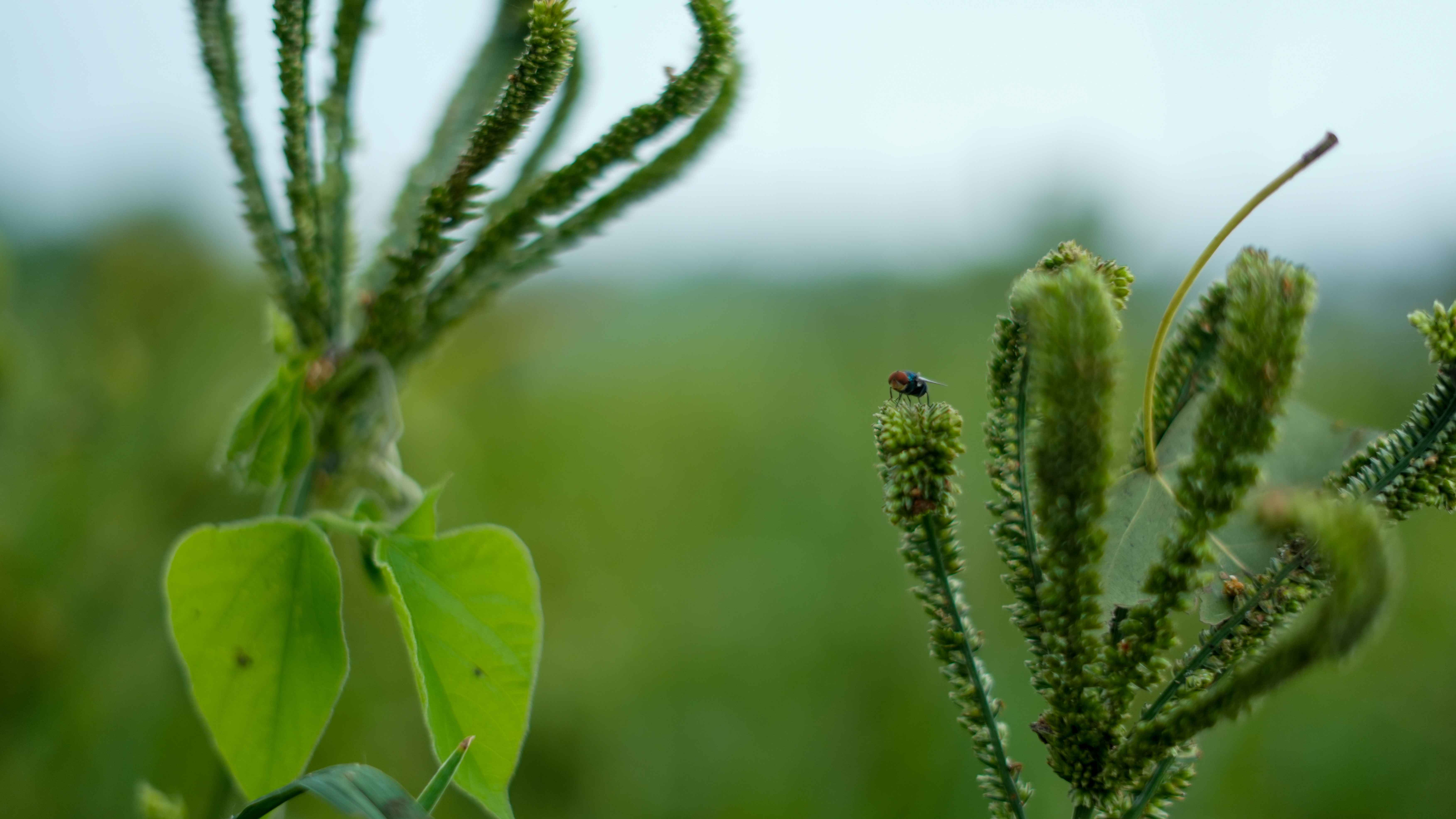
In many parts of Karnataka, Tamil Nadu, and Odisha, ragi is being reintroduced in climate adaptation programmes (despite facing hurdles) because it’s less risky under unpredictable weather. Where paddy fails after a drought or delayed monsoon, ragi still grows, securing both income and nutrition for farming households. It doesn’t let people go hungry.
In moving from millet diversity to cereal uniformity, India traded resilience for productivity, nutrition for calories. As the UN’s International Year of Millets (2023) reminded us, they are the ‘future of food’ precisely because they were once the past.
If rice built modern India, ragi may help sustain it.
{{quiz}}
Explore other topics
References

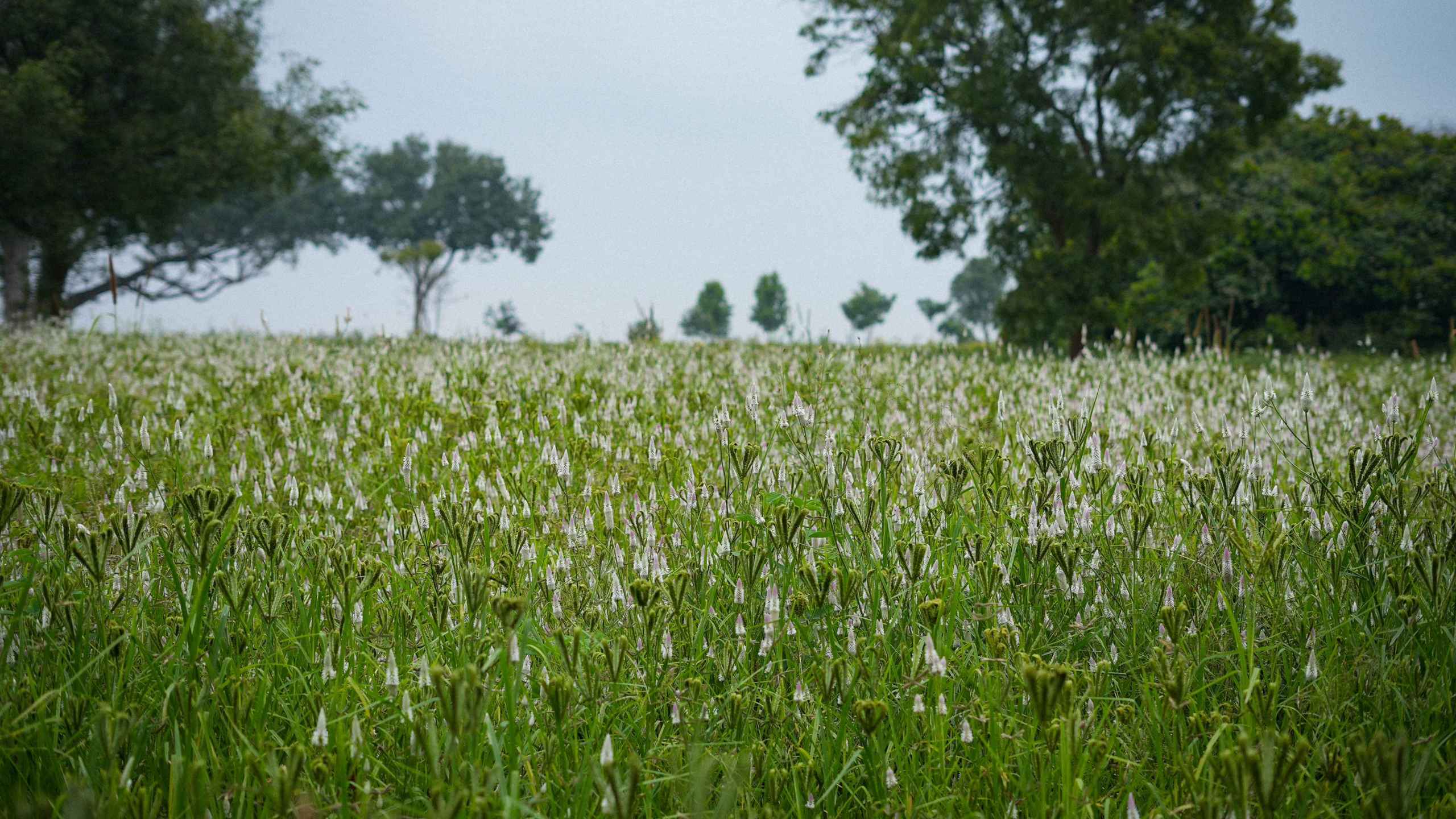
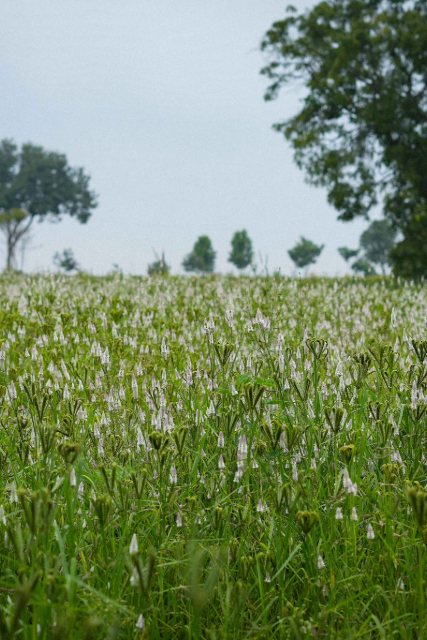



.avif)

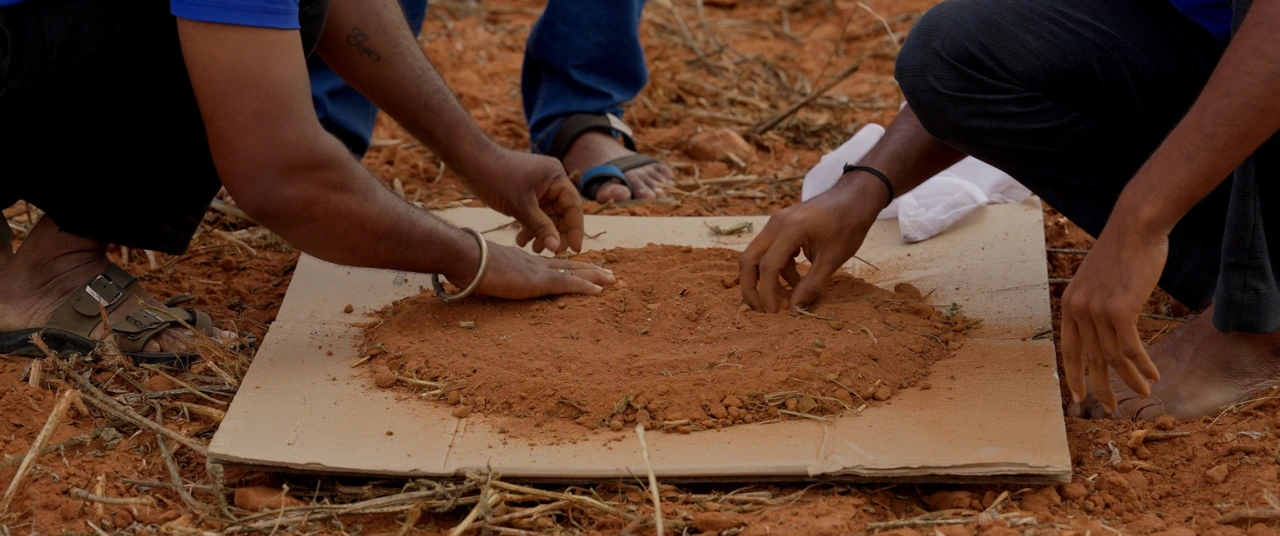

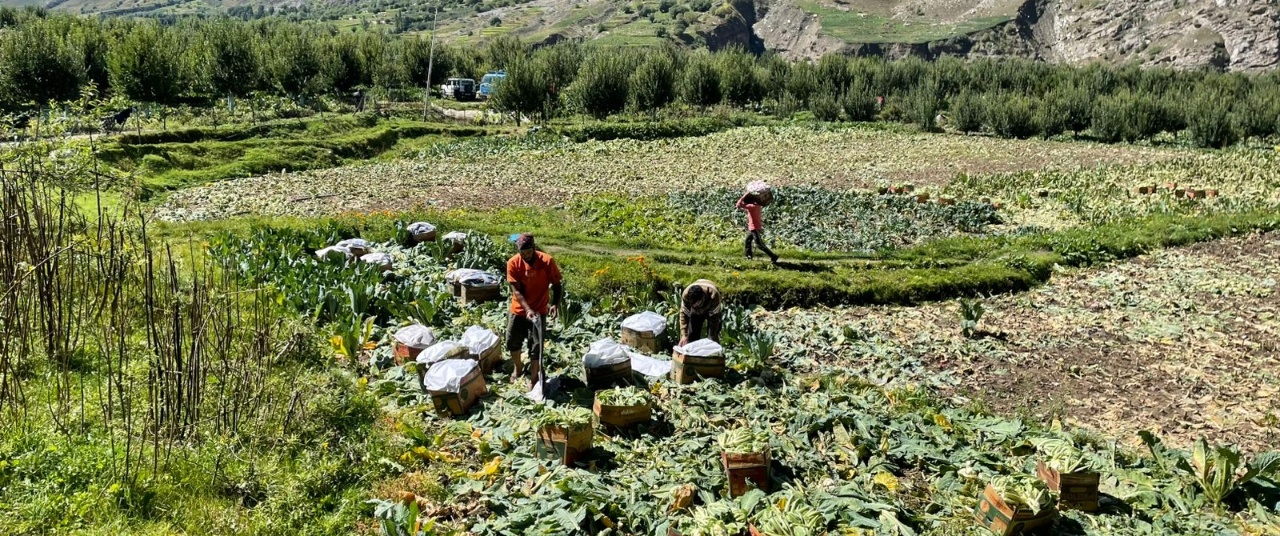
.jpg)